Less work and more conveniencewith pellets
In the Upper Bavarian town of Buchbach, district of Mühldorf am Inn, Lambert and Maria Nitzl run a 60 ha dairy farm. This includes 20 ha of grassland, 40 ha of arable land for growing cereals, rapeseed and maize, and 1 ha of forest. A herd of 70 Simmental cows plus offspring is the real mainstay and also the pride of the family. Lambert Nitzl also runs a contracting company with three forage harvesters including transport and rolling technology. So there is no lack of work for the family, even though the parents help out here and there on the farm and one or two employees are available for contract work if needed.
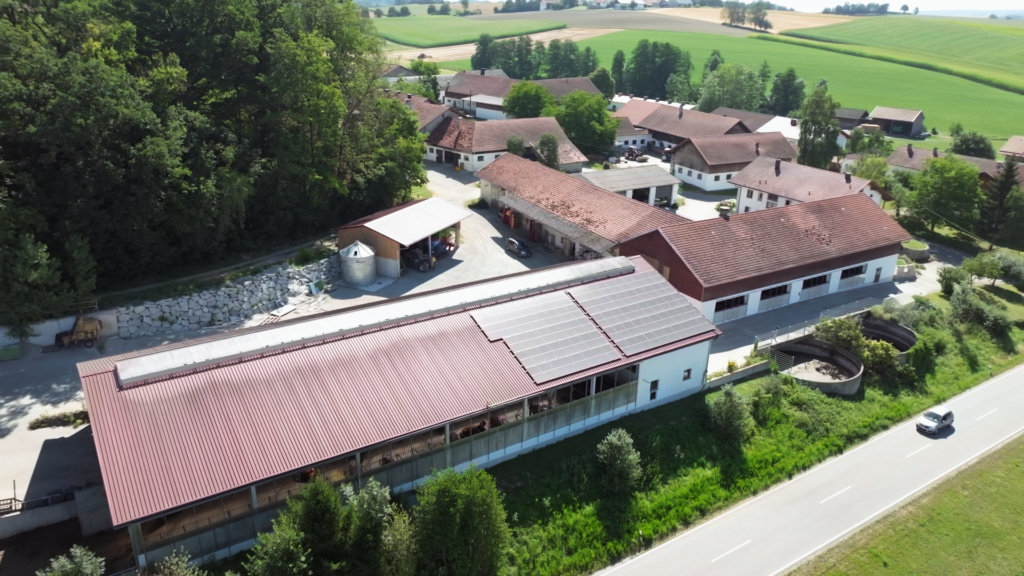

Mit dem Laden des Videos akzeptieren Sie die Datenschutzerklärung von YouTube.
Mehr erfahren
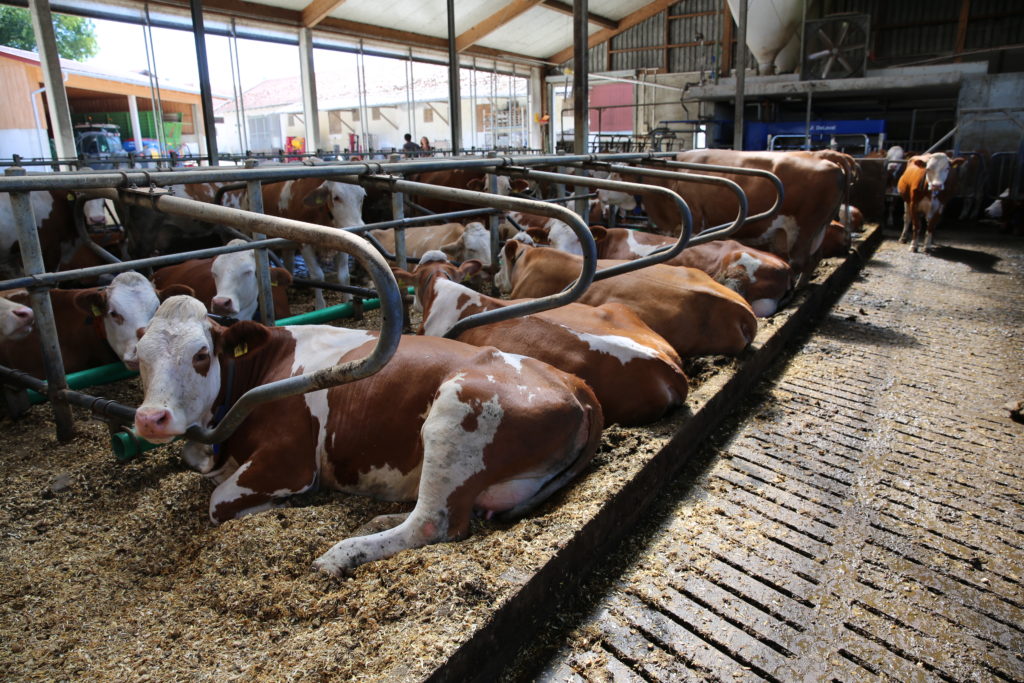
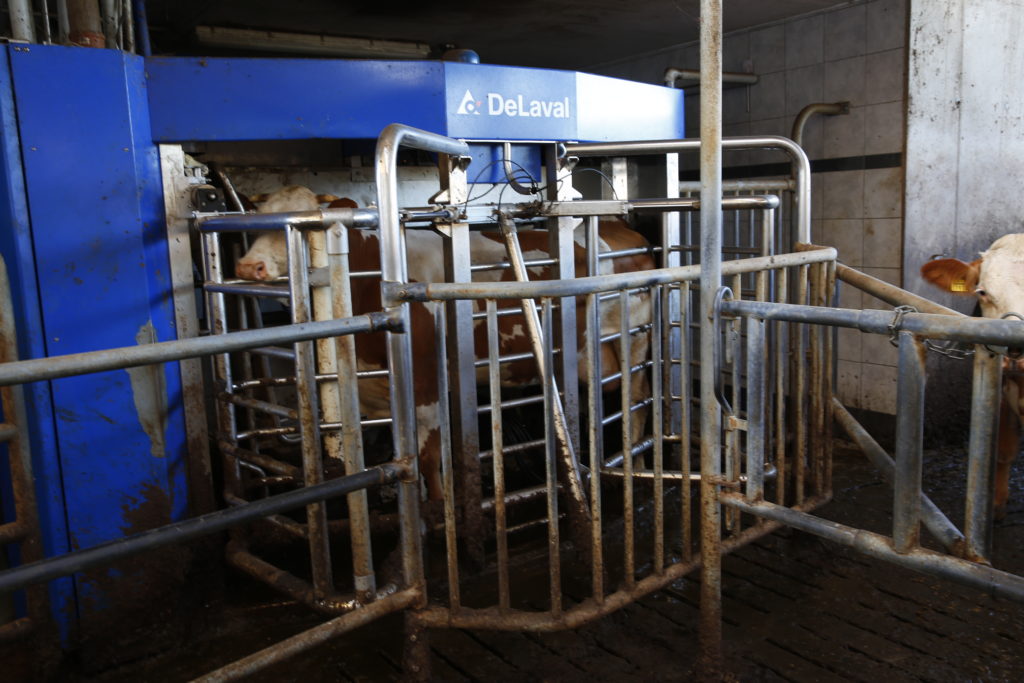
Absolutely thrilled with straw pellets
In order to get everything under one roof in terms of work, a new cowshed was built on the farm in 2016. “With regard to the milking technology, we have consciously decided in favour of a milking robot. This means that we are no longer bound to fixed milking times, something that is particularly beneficial to us when it comes to carrying out inter-farm work,” explains Lambert Nitzl. However, spreading litter in the lying stalls was initially less satisfactory: “In the first three years, we were still littering the low-lying stalls with straw chaff. That was quite a dusty and time-consuming business and we were not really satisfied with the cleanliness of the cows either,” emphasises Maria Nitzl. Three years later, however, a solution to this problem was found: “A contractor from the neighbourhood offered us Premos structural pellets made of cereal straw as litter material on a trial basis. We were so enthusiastic about straw pellets right away that we couldn’t stop using them,” the farmer affirms.
Perfect handling
Even the handling of the structural pellets proves to be very easy and pleasant: “Every 14 days we spread two to three shovelfuls or around 700 to 800 kg of straw pellets in the barn using our yard loader. The material is dosed sideways into the lying stalls almost dust-free via the conveyor belt of the litter shovel. The straw pellets are usually spread while the cows are feeding, as the stalls are then not or only partially occupied, and takes a maximum of 15 to 20 minutes. Compared to the straw chaff which used to be spread twice a week, the time required has been reduced by around 70 %,” emphasises the young farmer. Otherwise, it is adequate to quickly remove droppings and moist material from the lying stall in the morning and evening and to dispose of it via the slatted floor into the slurry channel. If the straw mattress is thinned out in places, simply smooth it out with the material available in the stall.

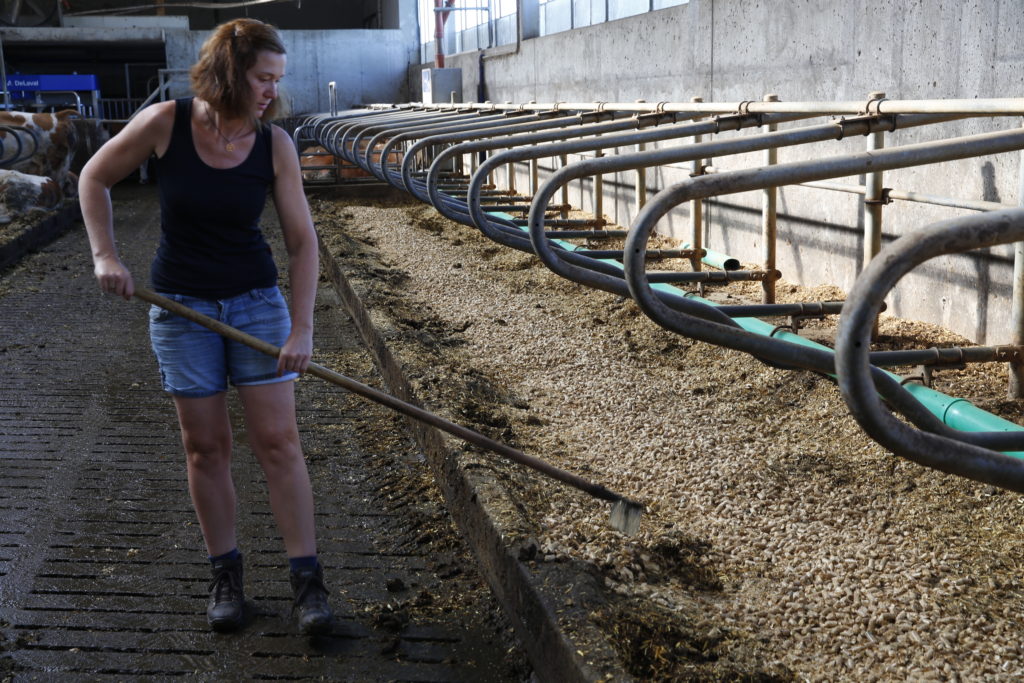
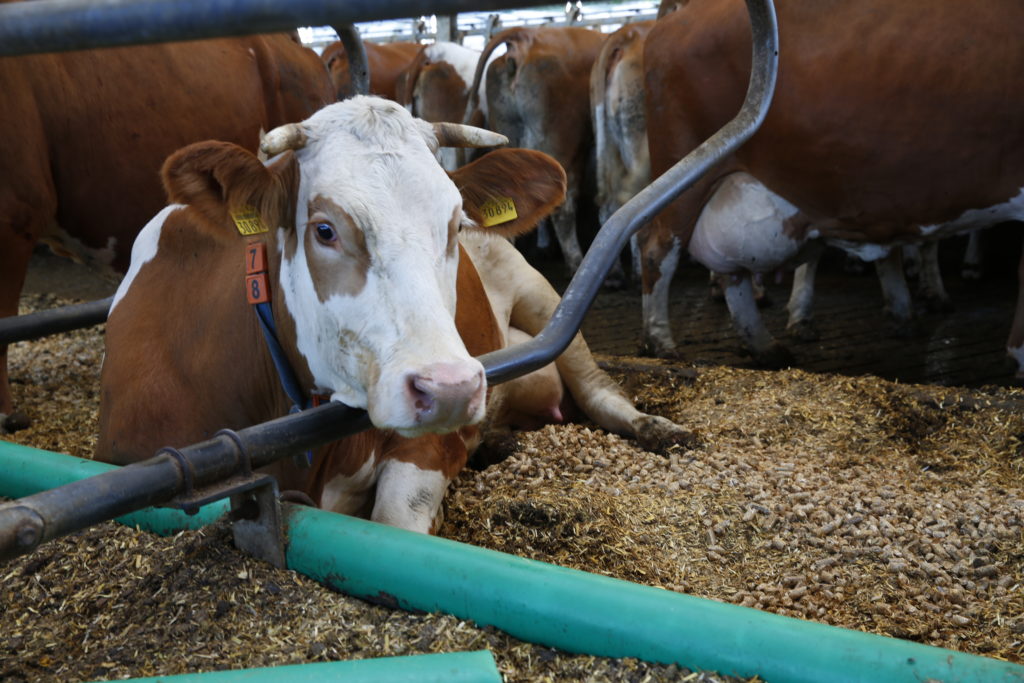
Convincing lying comfort and hygiene
“The coarsely structured and extremely absorbent straw pellets dissolve within two to three days by being trodden on and absorbing moisture, forming a compact and comfortable mattress on which the cows lie very comfortably and feel extremely well. As a result, you hardly ever see animals lying down on the slatted floor outside the stalls. The fact that the cows are significantly cleaner than with loose straw litter is also due to the fact that they do not simply push the straw pellets out of the stall. This means that the animals are hardly soiled, especially in the udder area, which has a positive effect on the microbial load in the milk and therefore on its quality,” explains Maria Nitzl
“The compact straw mattress ensures that the animals can safely stand up and lie down in the lying stall. This means that there is no danger of them slipping and injuring themselves. Initially we were afraid that the pellets would get stuck in the claws and cause problems. But this problem does not occur. On the one hand, our pellets are quite coarse, with a diameter of 16 mm and a length of about 20-30 mm, and on the other hand, the cows really tread them flat, so they don’t get stuck in the gaps between their hooves,” remarks Lambert Nitzl.
No more problems with slurry
Looking at the slatted robot, which automatically cleans the walkways virtually around the clock and pushes droppings and straw residue through the slats into the slurry channel, the farmer points out another aspect: “When we were still using straw chaff as litter, floating layers kept forming in the slurry channel. Since we switched to structural pellets, this problem no longer occurs. This is because the straw pellets dissolve completely in the slurry, making it very homogeneous and pumpable”.
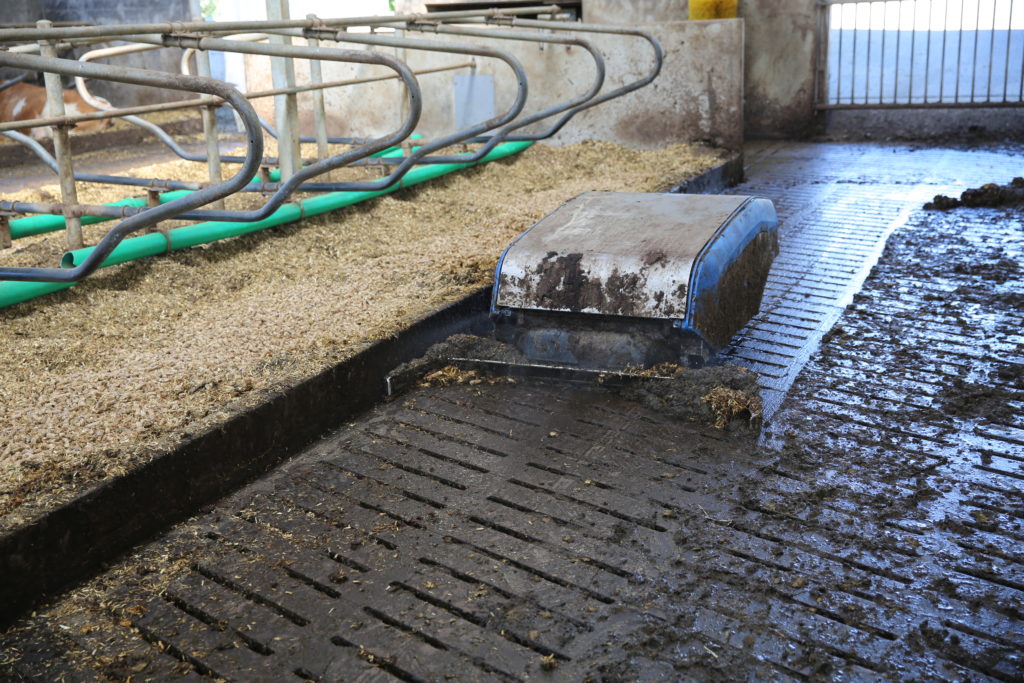

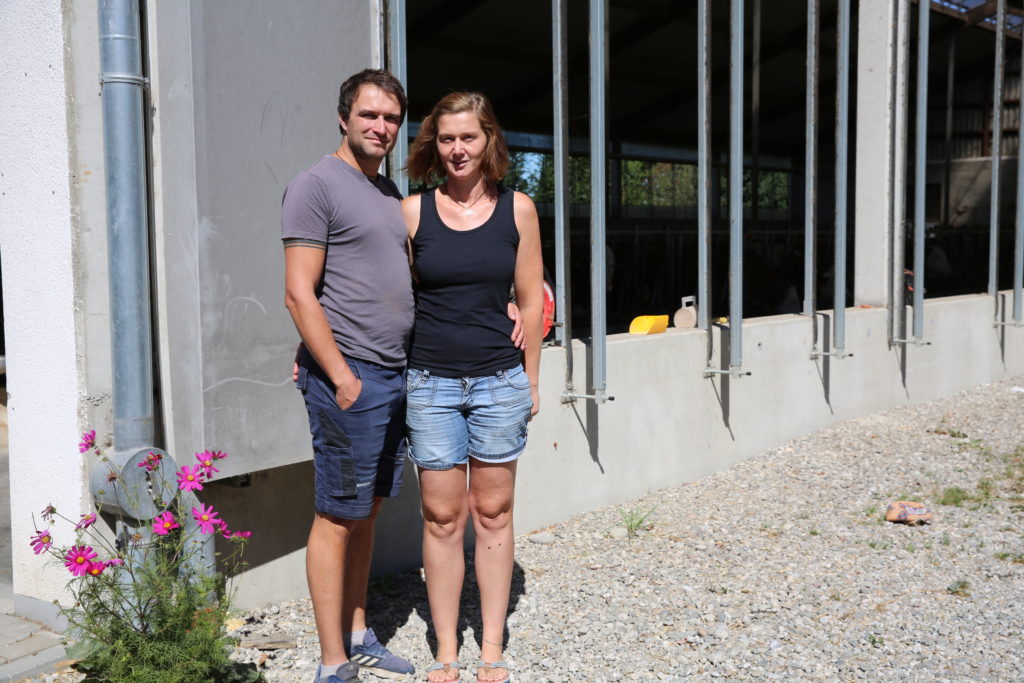
People and animals benefit
The annual consumption of straw pellets is around 24 t. These are currently stored in a barn, and the storage space required for the compact pellets is only a fraction of the straw bales previously used. “There is a tendency for straw consumption to be somewhat lower now when using the pellets compared to straw chaff. But much more important for us is the associated reduction in workload and time savings, as well as the practical handling. As a family business, we have to manage most of the work on our farm with our own staff. Likewise, the hygiene status and lying comfort for the cows has improved significantly by switching to the straw pellets, so that our animals now feel much more comfortable. We are therefore overjoyed that we took the opportunity to switch to Premos structural pellets. Based on our own positive experiences, we can only recommend other farms to simply try out these pellets for themselves,” Maria and Lambert Nitzl conclude.
Contact
Do you have any further questions and would like to get in touch with us? The contact form is the easiest way.